Plastic cutlery are being designed in many sizes and colors which make them a good choice for babies and children. Plastic cutleries have many advantages and benefits.
The gathering of a family for meals is a significant part of everyday life. From the time they are born, children start to learn how to feed themselves.
It is not uncommon for children to struggle with the use of cutlery when attempting to feed themselves because self-feeding is a very challenging endeavor.
In most cases, a child needs to reach the age of seven before they are able to successfully use cutlery to feed themselves without making too much of a mess.
Between the ages of 6 and 9 months, infants are typically eager to participate in the feeding process. Between the ages of 9 and 13 months, toddlers are able to use their fingers to feed themselves with meals that are either soft or quickly disintegrate in the mouth.

Around the age of 24 months, most youngsters are eager to begin feeding themselves and become independent. Between the ages of 2 and 3, children continue to develop their ability to feed themselves with a spoon while also learning how to use a fork to stab food.
Children often start learning how to spread and cut with a knife around the age of five. When it comes to self-feeding, a child is not considered to be really autonomous until they are able to use a knife and fork together to cut food and have reached the age of approximately 7 years old.
Advice & Suggestions
When it comes to your child acquiring a new skill, it is essential that they have a lot of support behind them. Always do your best to get your child to sit down at a table when eating together.
It is essential that their feet and back be supported in order to ensure that they have unrestricted use of their hands. To ensure that kids have adequate support, you may place a solid box under their feet and cushions on the chair itself.
Create a routine for your child by always arranging the plates and utensils in the same manner before each meal. This will make it easier for your youngster to find everything.
Consider the implements that you are utilizing at the moment. Handles that are thick and/or textured make it easier to grip cutlery like knives and forks. Control is simplified with cutlery that features small handles, such as knives and forks.
If you want to prevent the food from sliding off the plate, you should use a plate that has a raised edge. When your youngster is first learning how to cut, you should keep the plate from slipping by placing a non-slip pad underneath it.
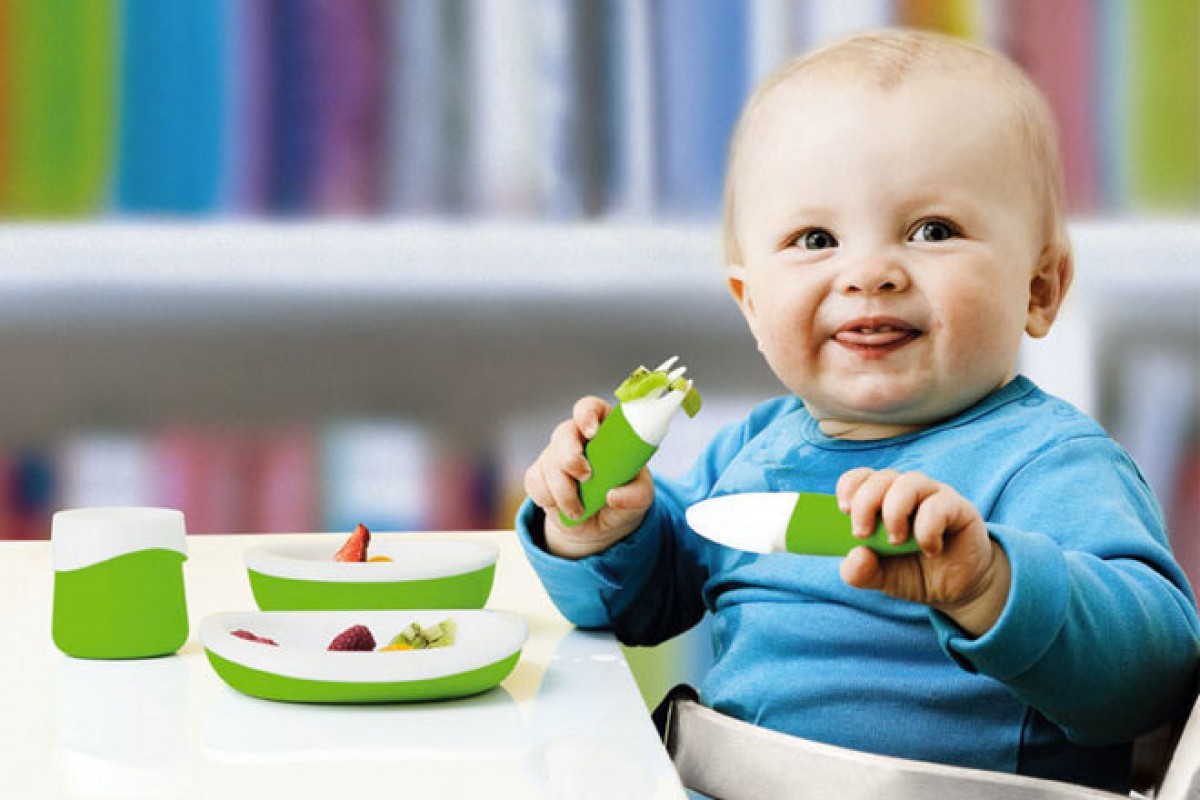
You should begin teaching your child how to properly hold cutlery as early as possible. Your child’s index finger should be positioned so that it points down the back of the knife and fork toward the blade and prongs.
It is easier to use the fork in your non-dominant hand and the knife in your dominant hand, but you should let your child try and find out what works best for them. With general, it is simpler to use the fork in your non-dominant hand.
First, cut through the softer meals, and then move on to the tougher items. Try your hand at chopping up some mushrooms and bananas, for instance, before moving on to the meat.
Take things slowly and maintain consistency. It takes time to become proficient in a new activity, therefore it is important to continue providing support until you feel as though the youngster is making progress.
Practice, practice, practice! Every day, there should be opportunities for your child to practice. It is recommended that you rotate the times of day in which you practice, therefore it is recommended that you practice at snack time. If you see that your child is unusually hungry, you could wish to prepare some of their meal in bite-size pieces so that they can practice once their initial need has been met.
Your child will learn new abilities more effectively if you first demonstrate how to complete each job, then break it down into smaller parts and teach them one at a time (chaining). Teach your child the first step, and once they have done that, move on to teaching them the second step, and so on until they have mastered all of the steps. It’s possible that the procedures below are what you need to follow in order to cut with a knife and fork. Use these steps in conjunction with the many methods of assistance that are listed below.
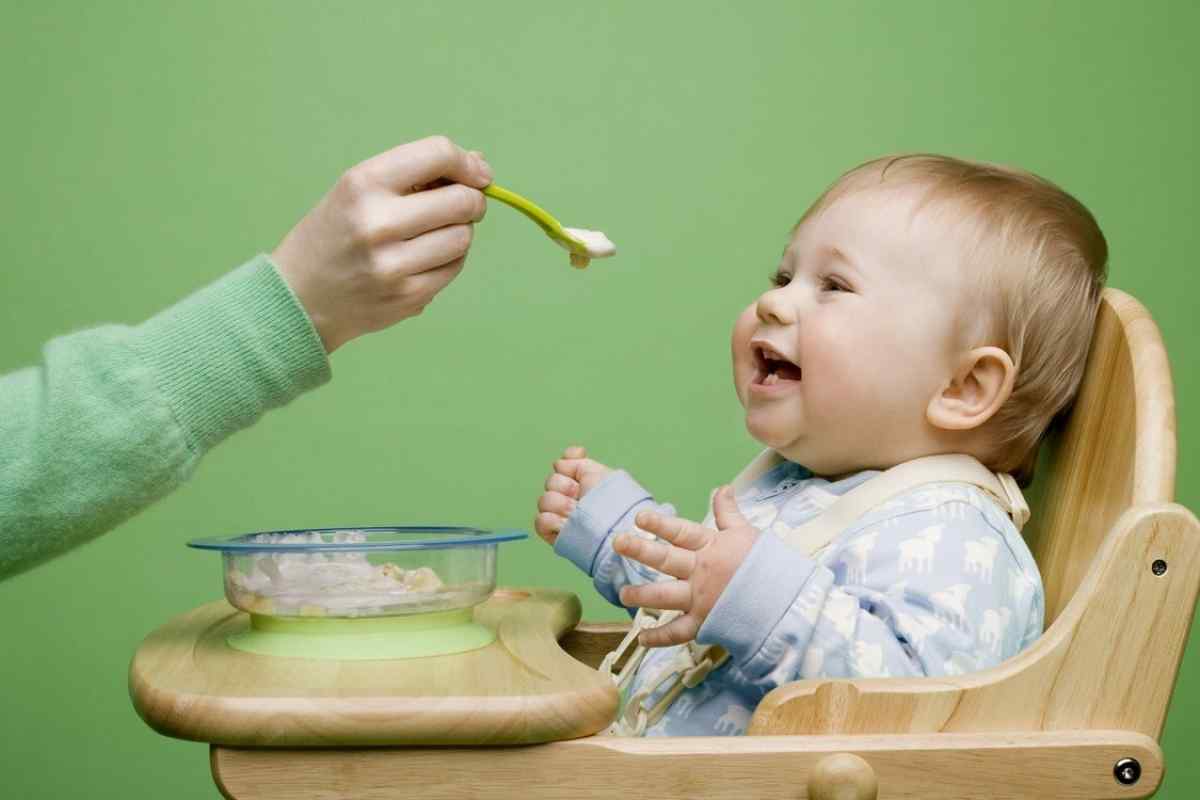
In order to keep the food motionless while you chop it with the knife, you should have your child stab it.
Encourage your young child to use the knife to cut and stab the meal.
Children learn in a variety of ways, therefore you may need to adjust your teaching method accordingly. You can be of assistance in a variety of different ways, including the following:
Help your child out by giving them a hand (see below for more details).
Demonstrate the activity to your child by carrying it out alongside them.
Explain it to your child and take the time to walk them through each stage of the procedure.
You are free to employ any one of these strategies on its own or in any combination that you see appropriate for your child. Be mindful that some toddlers are unable to look and listen at the same time; hence, the amount of information that you provide should be kept to a minimum.
Plastic cutlery for babies
Tips and Tricks to Make It Easier for Your babies to Eat with a plastic cutlery
While the adult uses the knife and fork to cut the meal, the youngster can grab onto the helper’s hands to steady themselves.
Hand-over-hand. – The youngster takes hold of the plastic knife and fork, and the adult or older child places their hand on top of the child’s to protect it.
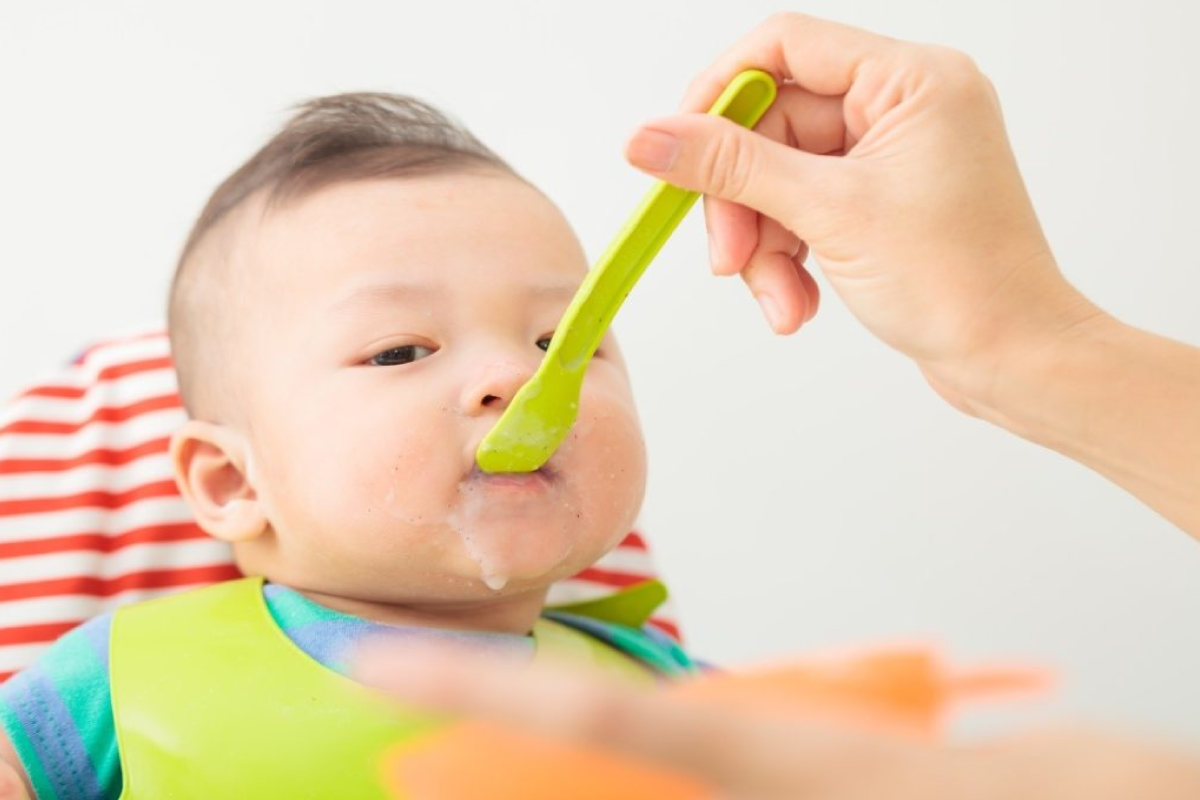
The child’s hands are on the knife and fork, but the helping hand maintains a firm grip on the end to direct the child’s movements.
The child’s hands are on the knife and fork, while the helper’s elbow is providing support and directing them in the right direction.
You can also get practice with a knife and fork by using them during other activities, such as when you are playing with play dough or when you are doing activities related to craft making.
It can be just as challenging to select flatware that will teach children proper table manners as it is to put together a piece of flat-packed furniture (groan). When exactly do you start feeding Baby Led Weaning (BLW) children using spoons instead of their fingers? And which forms or materials are the most natural to grip? Don’t worry; here is what we’ve discovered to be the most effective at each stage, as well as how to make children feel comfortable using it.
FOR STARTERS – 6-12 MONTHS
There are likely to be a lot of 6-month-olds who are more interested in trying new flavors than they are in holding utensils, and the thought of putting their hand to their mouth is probably still a little bit foreign to them. In any event, if you want to go with BLW, the focus will be on their fingers throughout the entire process. However, it is never too early to get them used to using a spoon, as even babies who were breastfed will eventually have to learn how to eat things like cereal and soup.
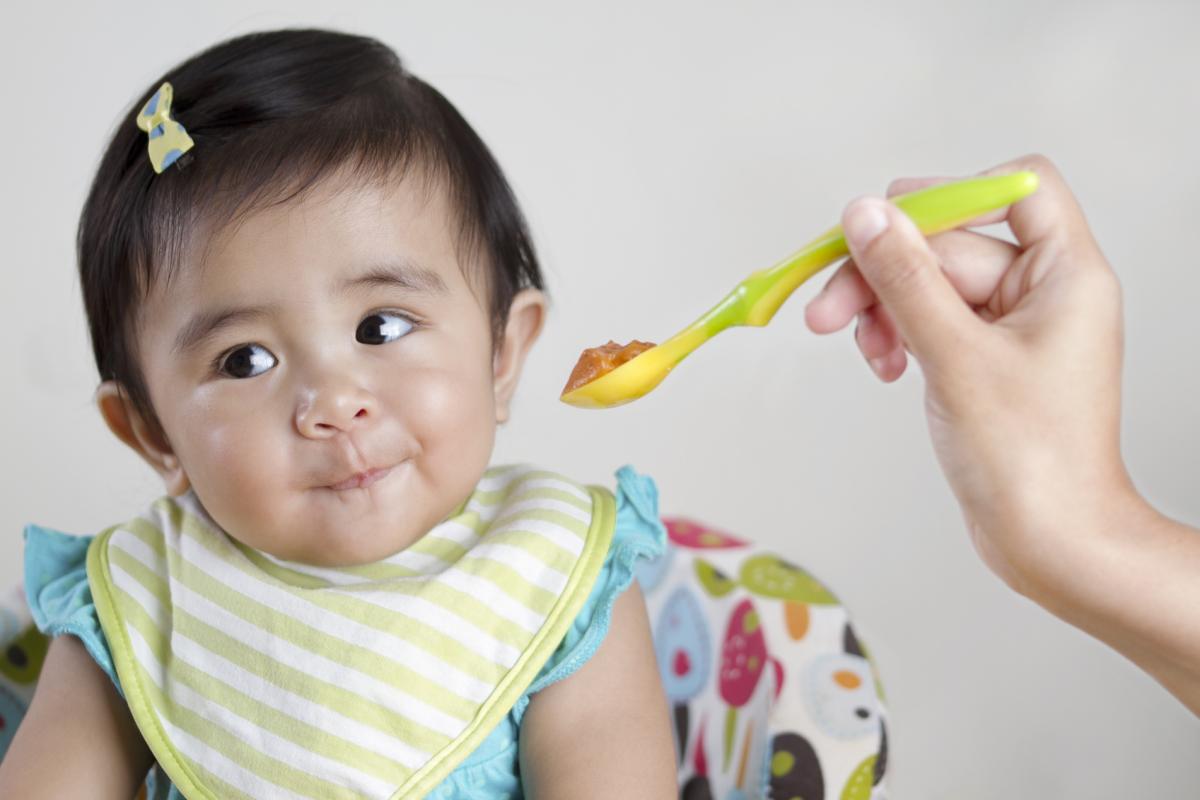
Therefore, the best way to get them started in the correct path is to arrange a few baby spoons in a row so that they may become accustomed to the concept, even if all they do is pick them up.
Choose ones that are pliable enough that biting down on them won’t injure their gums, like these Munchkin White Hot Safety Spoons, in the event that your child decides to do so. Soft silicone is used in their construction, and the set has four of them so that you may hand them each one to hold while you perform the “here comes the choo-choo train” routine.
Weaning Dip Spoons can put an end to the aggravation of food falling off when your child reaches the spoon-to-mouth stage (about 7 months), which occurs when they are transitioning from pureed foods. Because the textured surface makes them easier to handle, all they have to do to eat their tasty mush is to dip it into the bumpy surface and then locate their mouth.
A little secret, here it is. At this point, you should make sure that there is a ready supply of finger food available. If they continue to lose their mouths, you can keep them from going hungry in this way and prevent them from wasting away. Their development can be derailed by their hangriness, which is not something to be taken lightly.
MINI-MUNCHERS – 16-24 MONTHS
So it looks like they’ve mastered the art of eating with a spoon. At least some of the cereal is making its way into their mouths, even if only a little amount. This is the time to bring out the big guns, so to speak.
To begin, let’s talk about the fork. From the age of 16 months to two years, the vast majority of toddlers will have the ability to give this a try (my 17-month-old can now stab her food with hers). However, kids will also continue to use their fingers to dip in and out of the sauce, particularly if they find that using a fork is too sluggish of a method.

Plastic cutlery for children
Plastic made spoons and forks make it easier and safer for children to use cutlery. Therefore, they have been honing their skills with a spoon and fork, and eating with their fingers has taken a back seat (phew).
It is time to move on to the next stage, which is familiarizing them with the challenging material. Good riddance to “baby” cutlery, and welcome, knives made of kid-safe stainless steel!
We are aware that this may prove to be quite difficult; hence, we have designed this ingenious three-piece cutlery set with shorter, more ergonomic handles in order to make it simpler for you to maintain control of the cutlery.
When they have mastered those, it will be time for them to move on to their very own “grown up” set. This incredibly trendy Yummy plus Easy Grip Cutlery Set from the trendy brand Done By us is always a real hit, and it is manufactured from extremely hygienic and antibacterial stainless steel.
Three-Piece Cutlery Set
And now for a supplementary piece of advice. When your pre-schooler exerts too much force with the knife, the plates will slide off the table. From my observations, this can lead to temper tantrums. A placemat with non-slip backing can help prevent both plates and tears from hitting the floor. It is going to be well worth it. Promise.
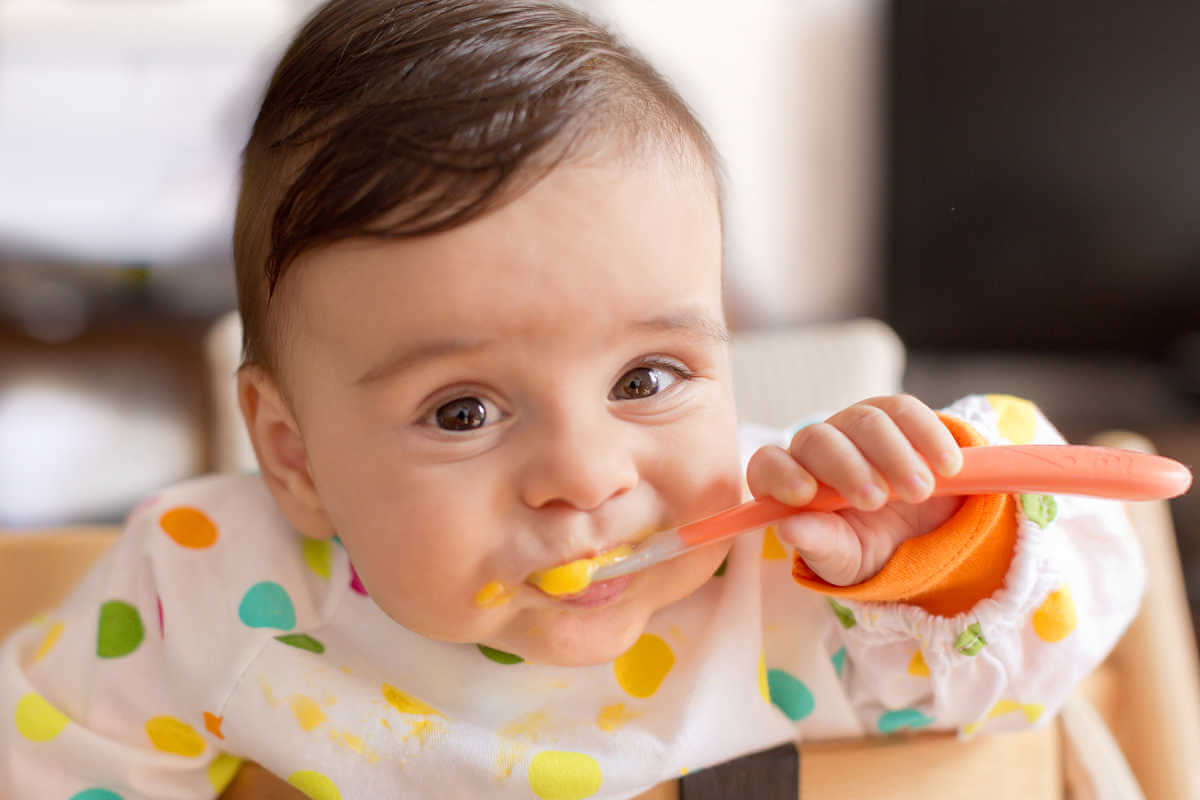
The definitive guide on the appropriate tableware for each course is presented here. It’s possible that at first they won’t comprehend it, but eventually it will become clear to them. You only need patience, encouragement.
Also, keep in mind that if you require any additional direction, our Live Chat Team is there to assist you every day. simply press the violet button in the far right-hand corner.
Remember that ALL kids are quite different and that they will develop skills surrounding eating and feeding at very different paces. This is the most important thing to keep in mind. Try not to compare yourself or your situation to others. I know it’s easier said than done. Your child is special, and as my close buddy Joe Wicks usually says, “All kids will be able to use silverware someday,” you shouldn’t worry too much about them learning how to use it. They will eventually arrive.
Through practice, infants eventually acquire the ability to utilize utensils. Because it is not something they will immediately master, it is imperative that they engage in consistent practice in order to achieve their goals. Nevertheless, during the weaning process, a baby will begin to develop the following feeding abilities, all of which are related to the use of cutlery:

A baby will typically open their lips or accept a spoon that is provided to them prior to the age of six months.
A baby will begin to develop the skill necessary to close their lip over the spoon at the age of seven months, and then utilize their top lip to clean food off the spoon using their bottom lip.
Babies typically begin to demonstrate a greater interest in learning how to feed themselves around the 9-month mark. They also begin to use the pincer grip to pick up foods with the thumb and fingers, which might help them begin self-feeding. This is an important developmental milestone.
Between the ages of 15 and 18 months, the majority of newborns will begin to develop the abilities necessary to feed themselves with a spoon to the point where they will be able to do so rather well.
What is the most effective method for getting your kid to have a head start with their cutlery? Role model! Because your child will get so much knowledge from watching you use utensils and feed themselves with them, it is of the utmost importance that they observe you doing so.
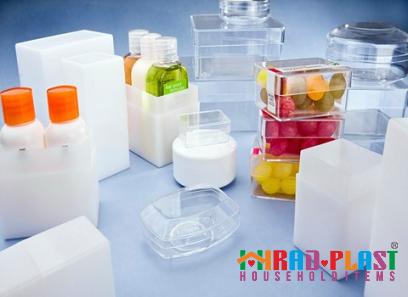

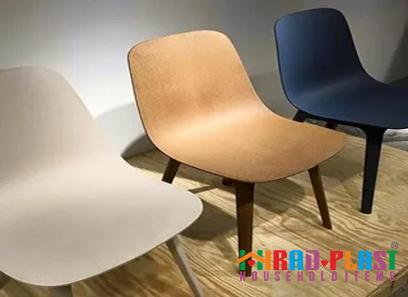
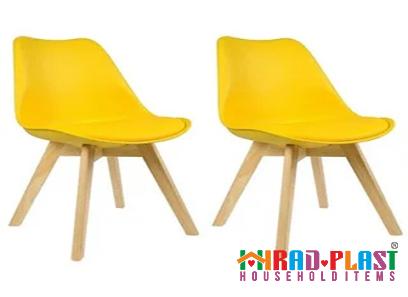
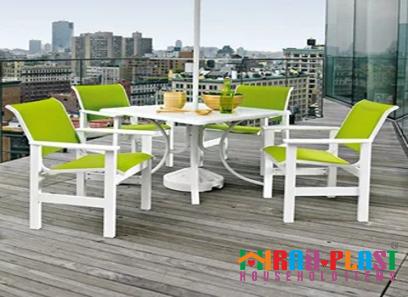
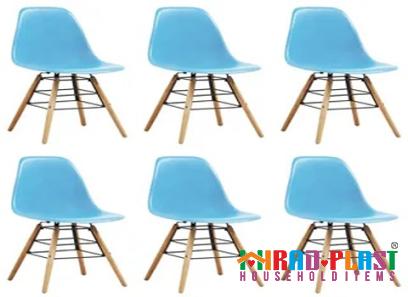

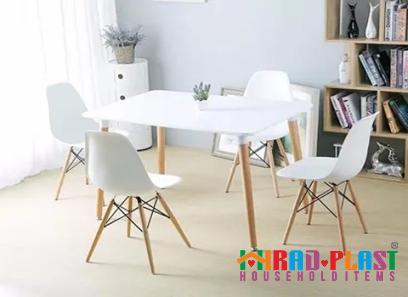

Your comment submitted.